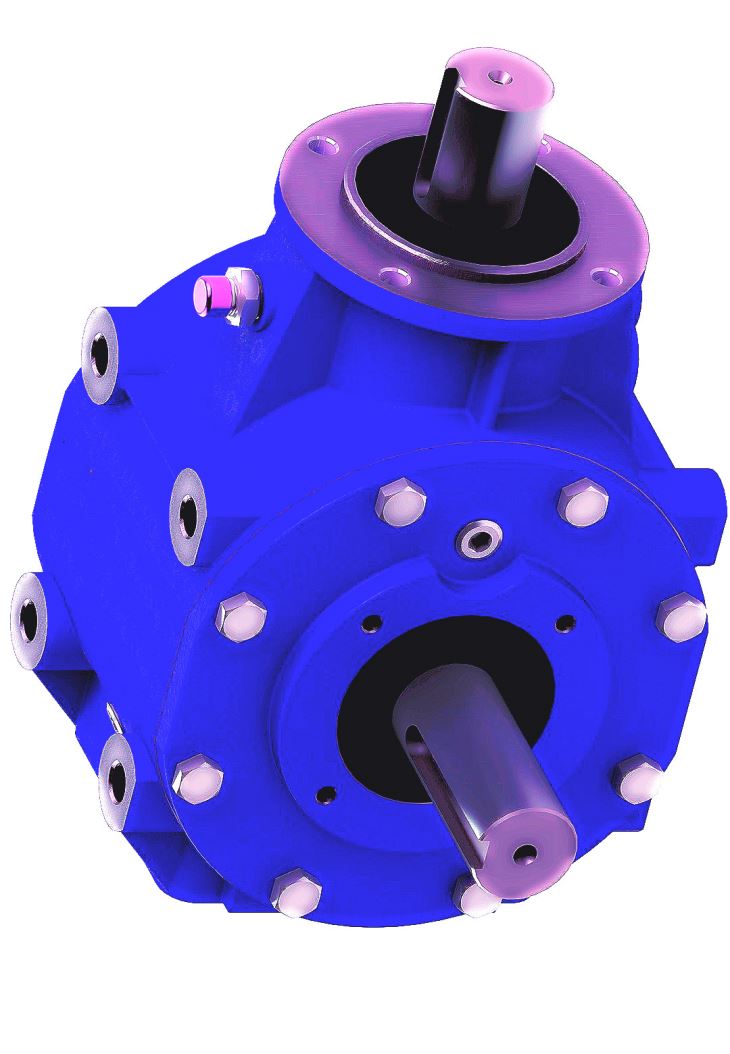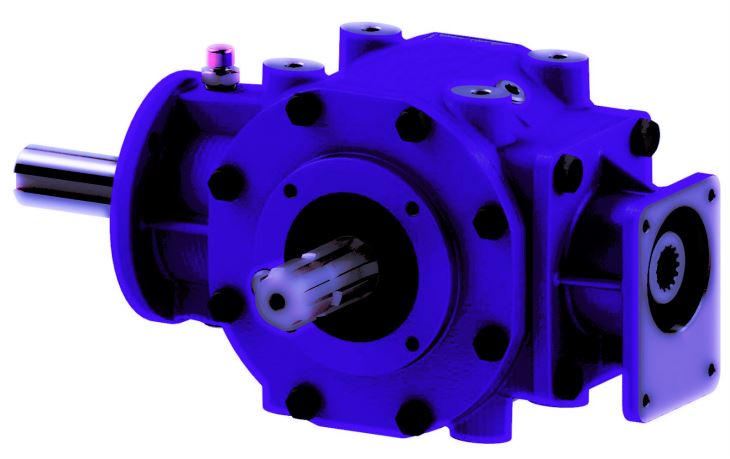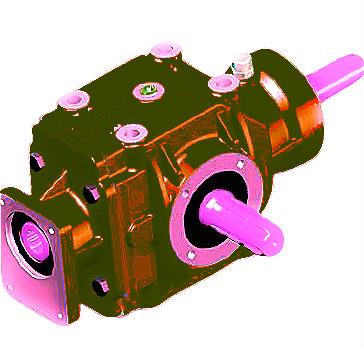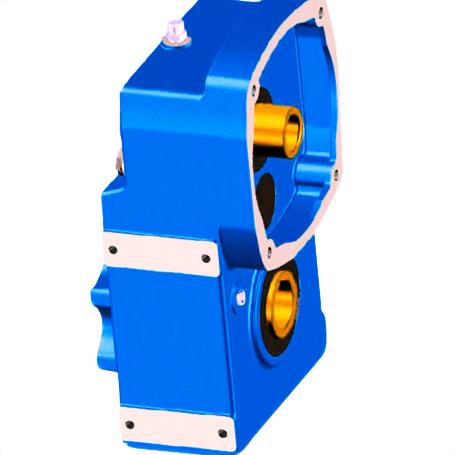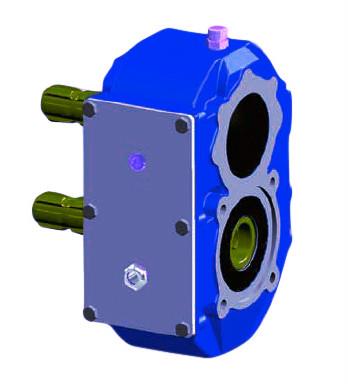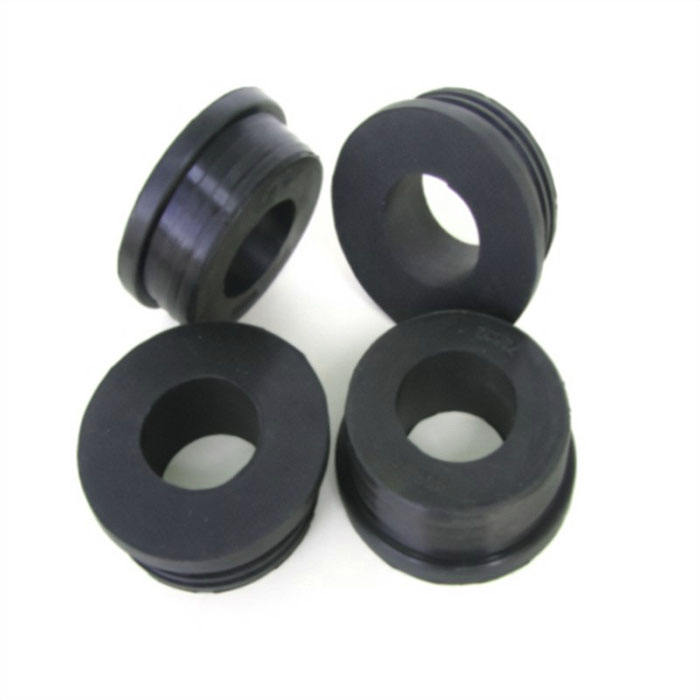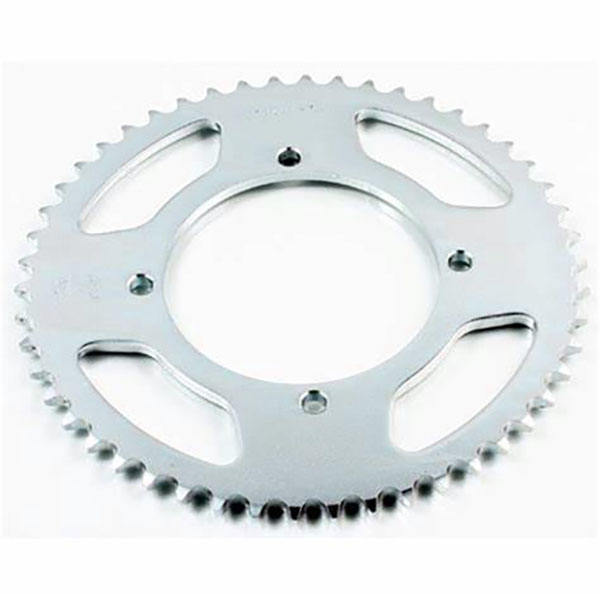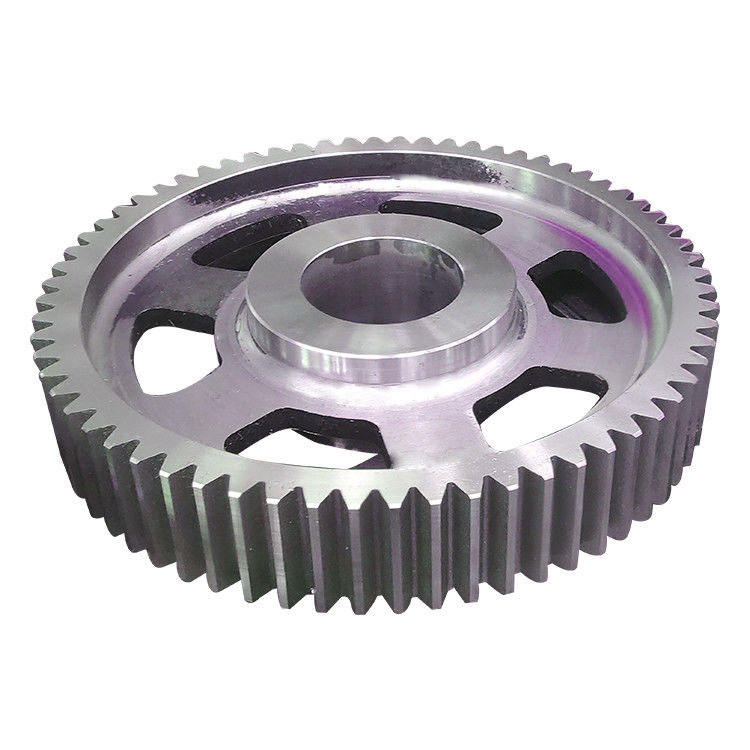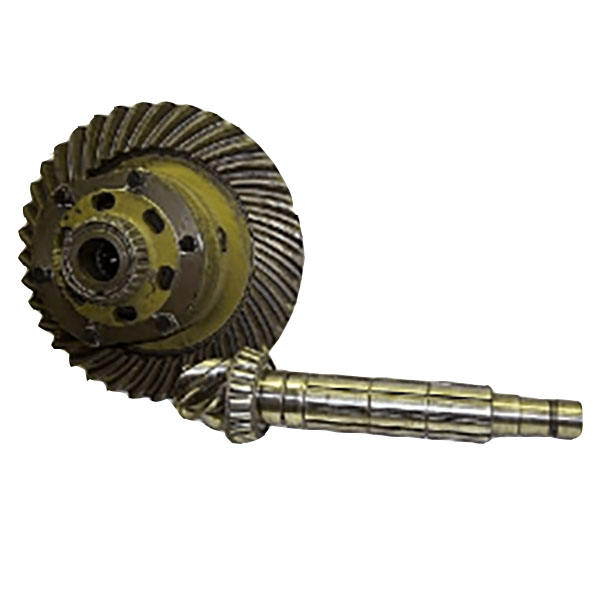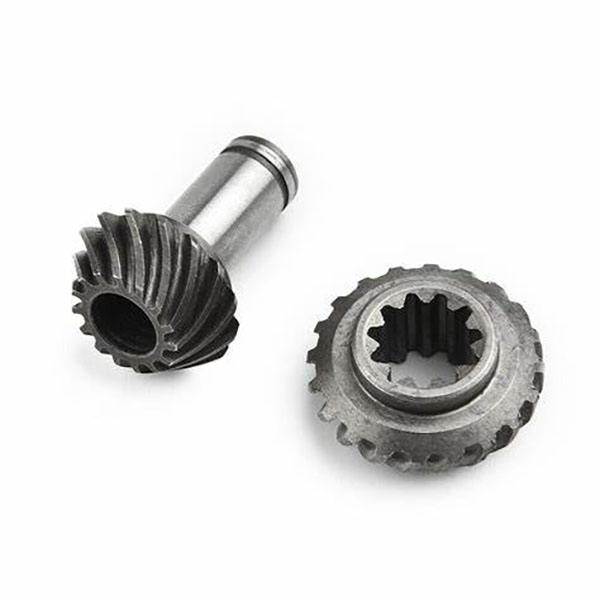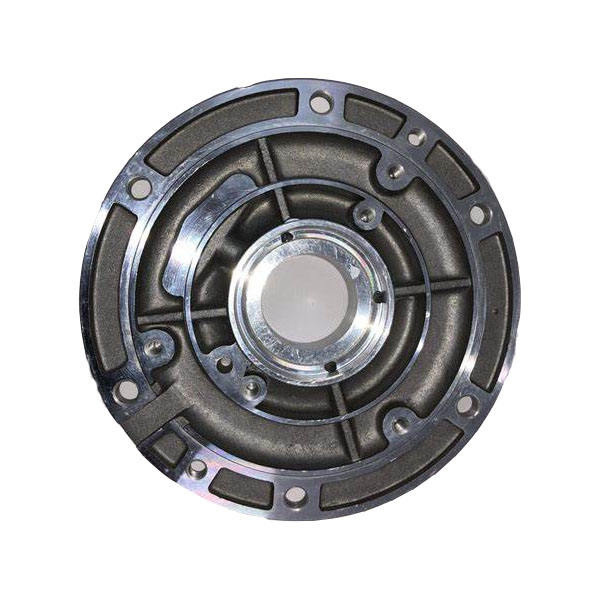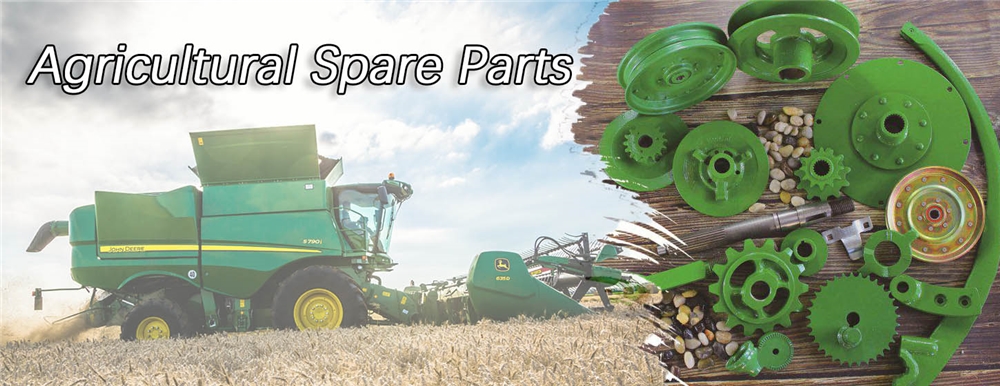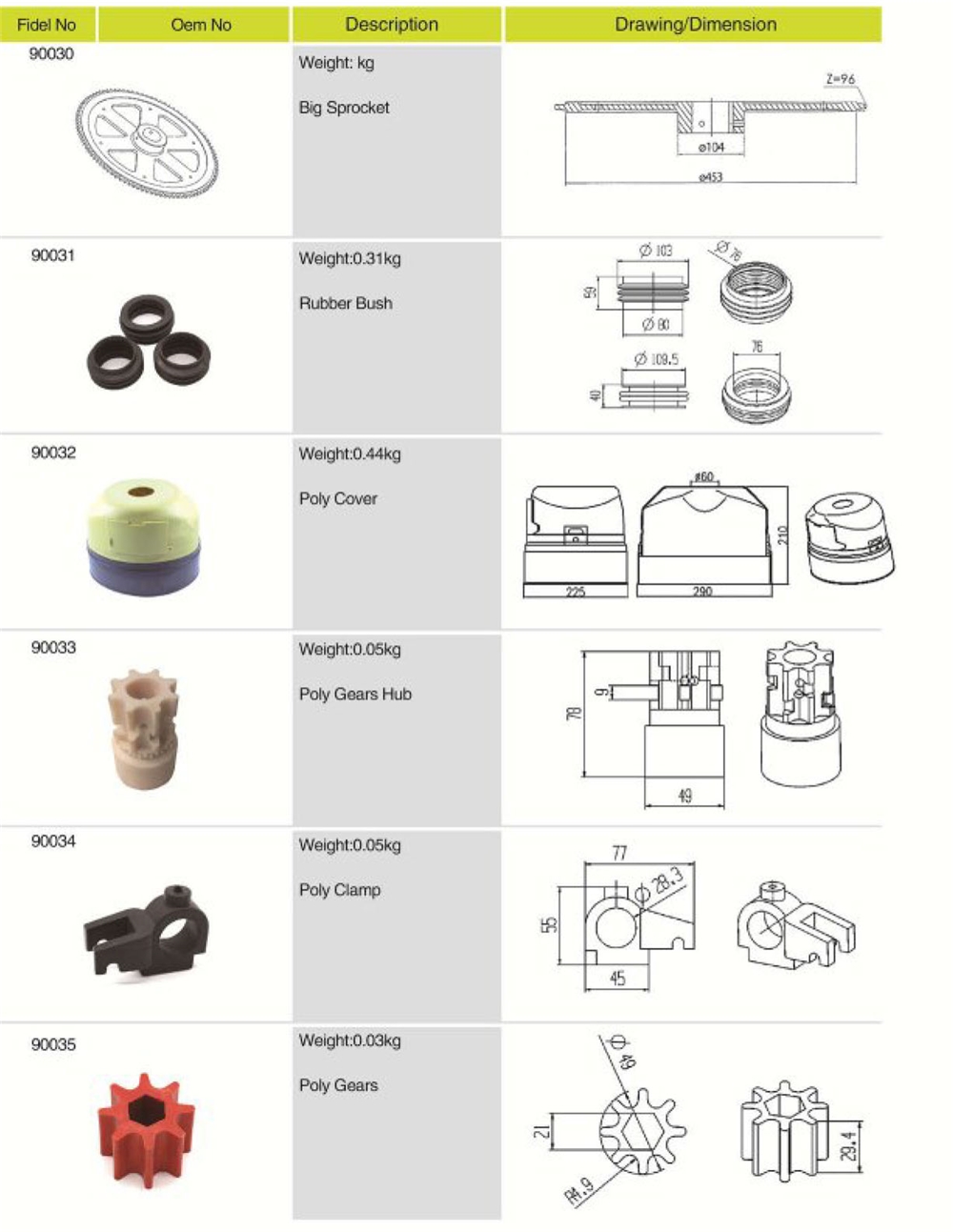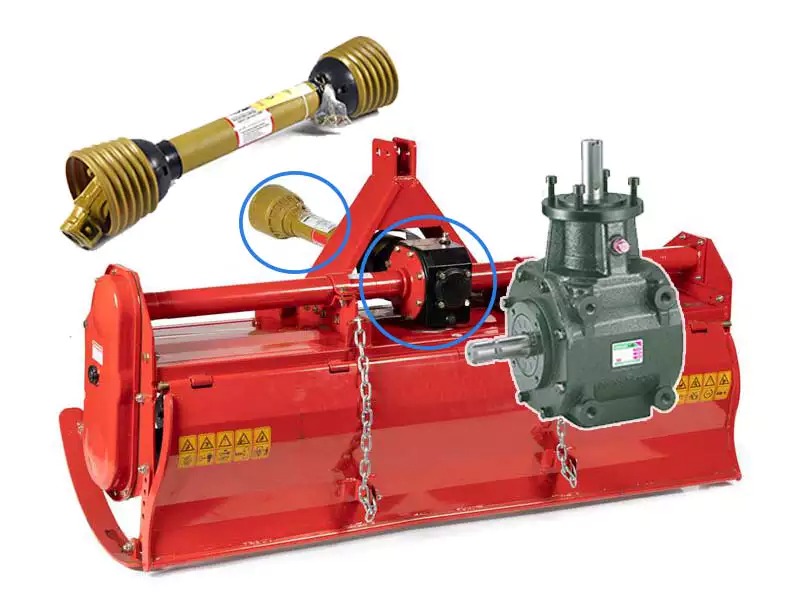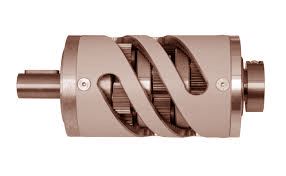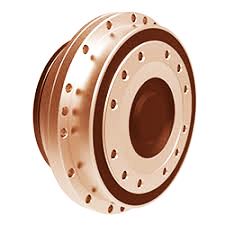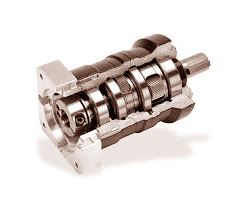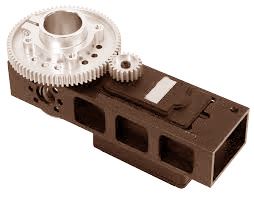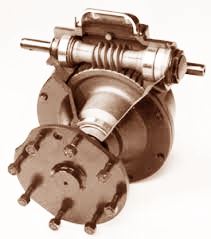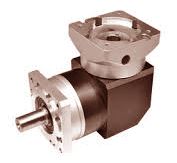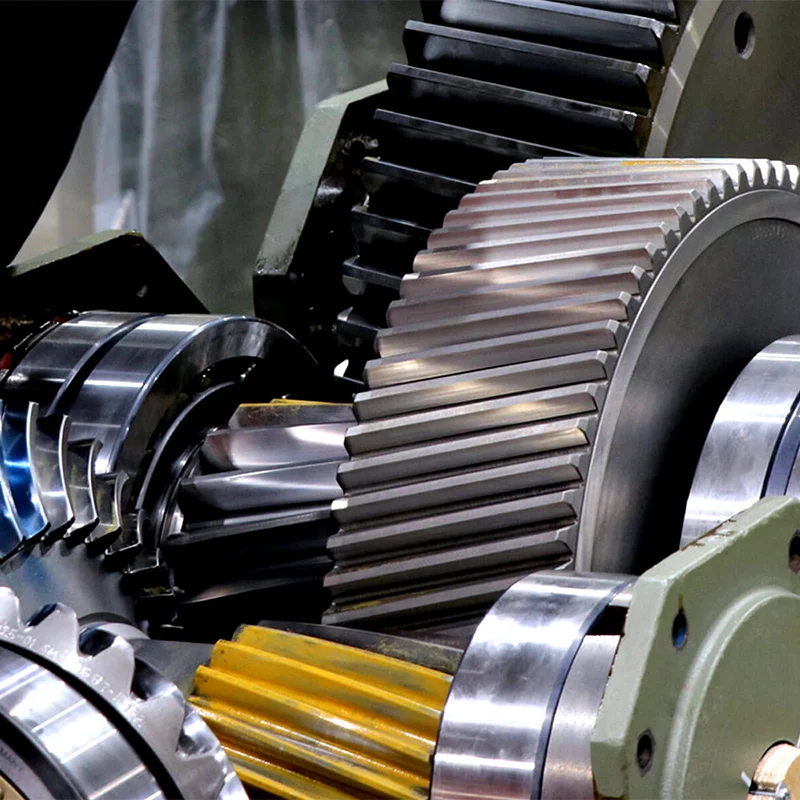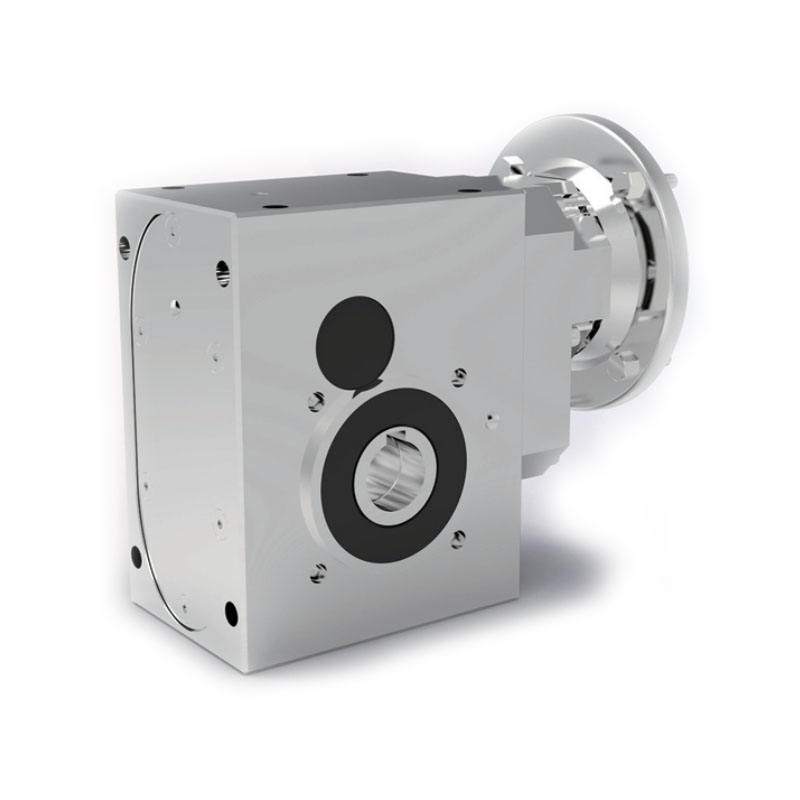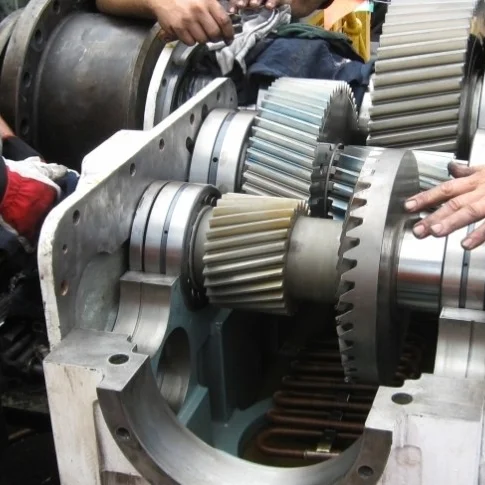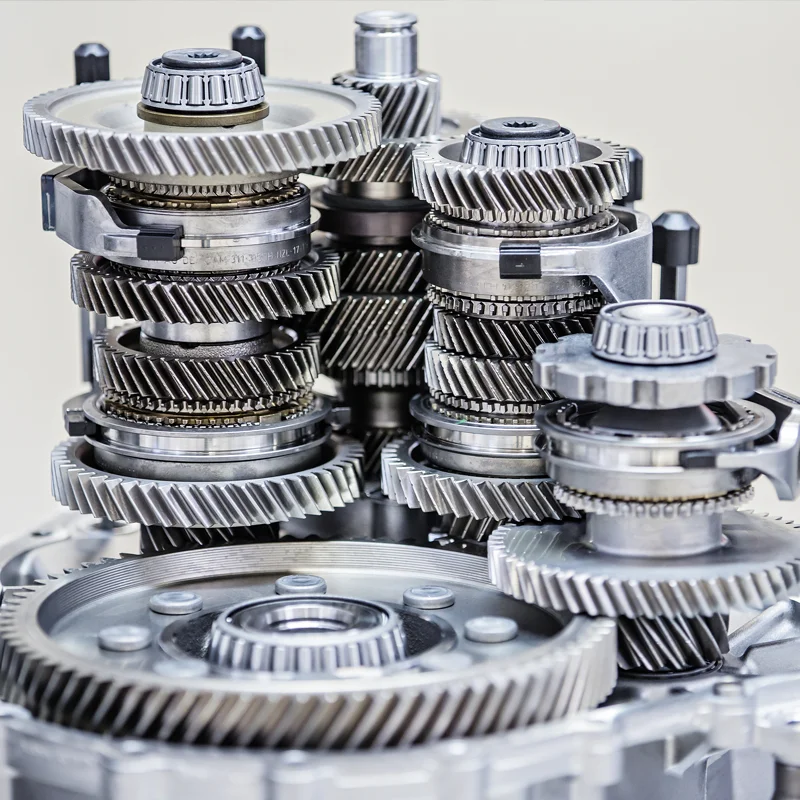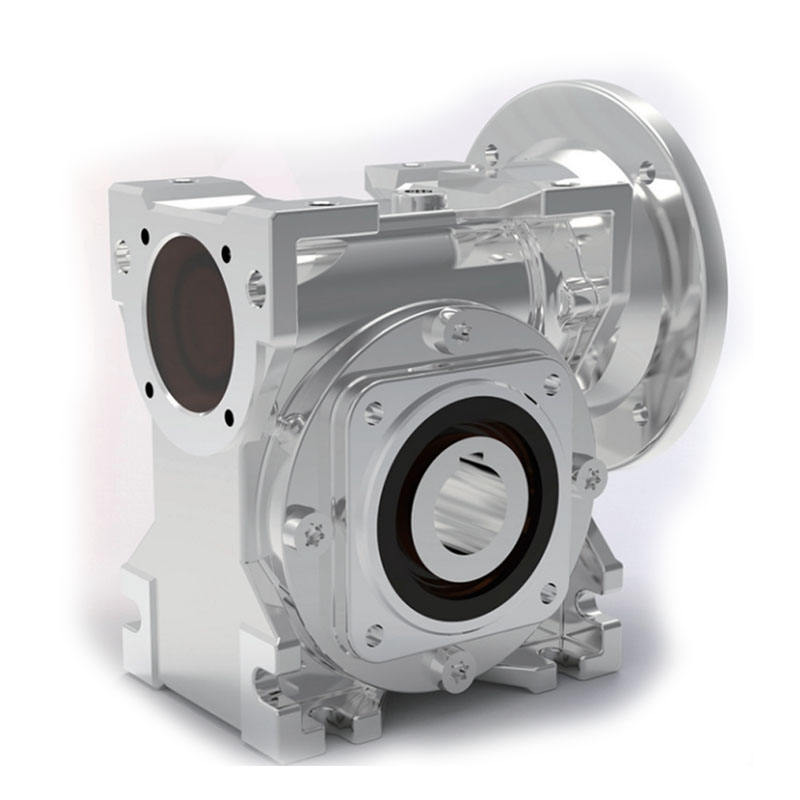- Home
- About Us
- Products
- Gearbox & Reducers
- Worm Gearbox
- Planetary Gearbox
- Helical Gearbox
- Shaft Mounted Gearbox
- Stainless Steel Worm Gearbox
- Car Wash Gearbox
- Greenhouse Gearbox
- Poultry Feeding Gearbox
- Cement Polishing Gearbox
- Cement Mixer Gearbox
- Concrete Mixing Gearbox
- Bevel Gearboxes
- Agricultural Gearbox
- Irrigation Gearbox
- Spiral Bevel Gearbox
- Cycloidal Gearbox
- Cycloidal Gear Reducer
- Helical Geared Motor with Brake
- Harmonic Drive
- Hydraulic cylinder
- Sprockets
- Chain
- Gear and Racks
- Screw Jack
- Coupling
- Pulleys
- Pto Drive Shaft
- Universal joint
- Locking Assembly
- Bushings&Hubs
- Vacuum pumps
- Air compressors
- Torque Arm
- Slewing Bearing
- Ungrouped
- Other
- Gearbox & Reducers
- Applications
- News
- Download
- Send Inquiry
- Contact Us
Web Menu
- Home
- About Us
- Products
- Gearbox & Reducers
- Worm Gearbox
- Planetary Gearbox
- Helical Gearbox
- Shaft Mounted Gearbox
- Stainless Steel Worm Gearbox
- Car Wash Gearbox
- Greenhouse Gearbox
- Poultry Feeding Gearbox
- Cement Polishing Gearbox
- Cement Mixer Gearbox
- Concrete Mixing Gearbox
- Bevel Gearboxes
- Agricultural Gearbox
- Irrigation Gearbox
- Spiral Bevel Gearbox
- Cycloidal Gearbox
- Cycloidal Gear Reducer
- Helical Geared Motor with Brake
- Harmonic Drive
- Hydraulic cylinder
- Sprockets
- Chain
- Gear and Racks
- Screw Jack
- Coupling
- Pulleys
- Pto Drive Shaft
- Universal joint
- Locking Assembly
- Bushings&Hubs
- Vacuum pumps
- Air compressors
- Torque Arm
- Slewing Bearing
- Ungrouped
- Other
- Gearbox & Reducers
- Applications
- News
- Download
- Send Inquiry
- Contact Us


